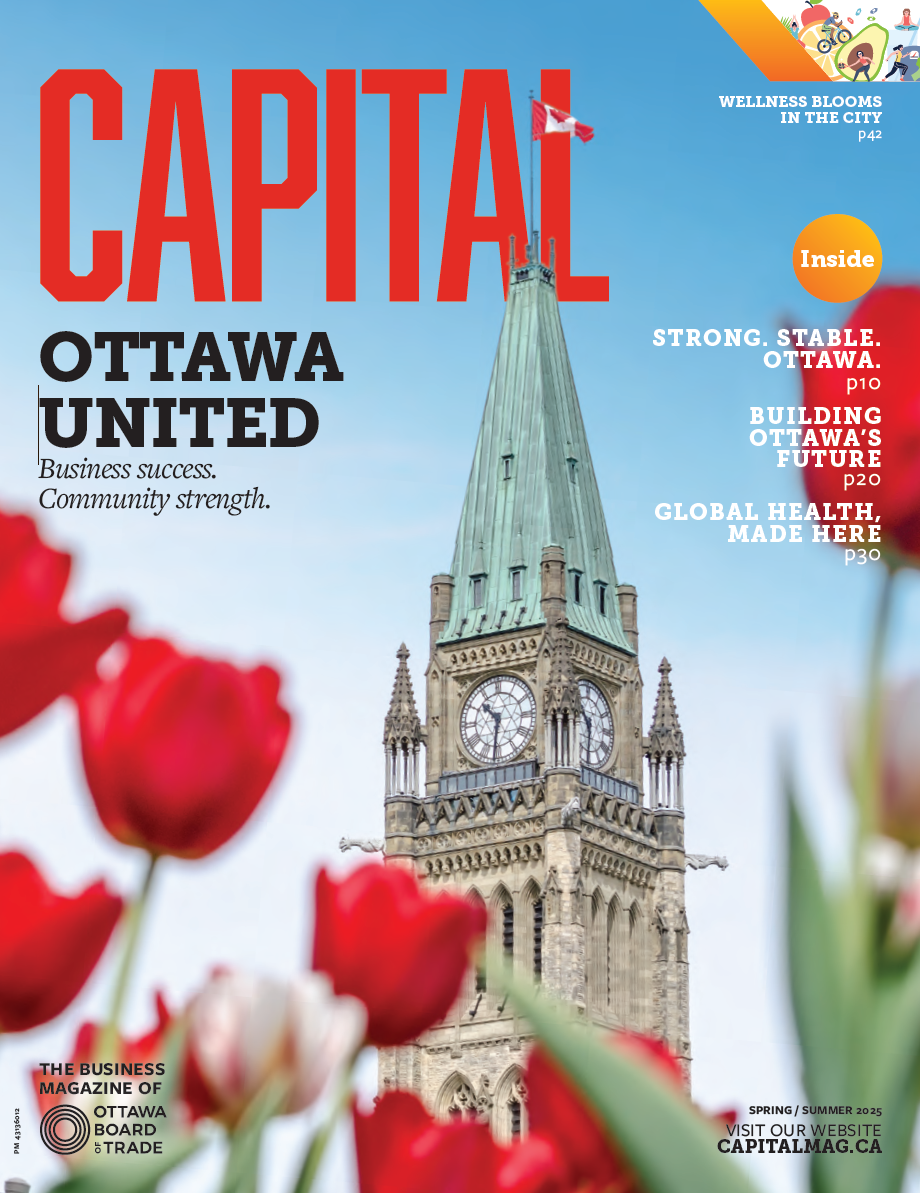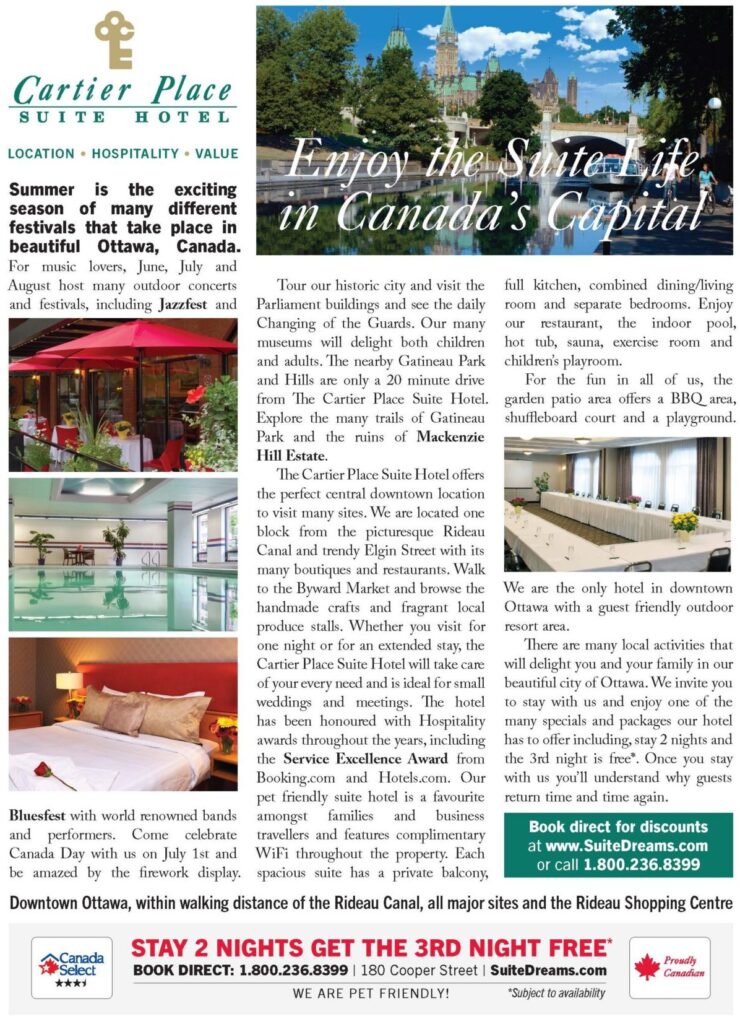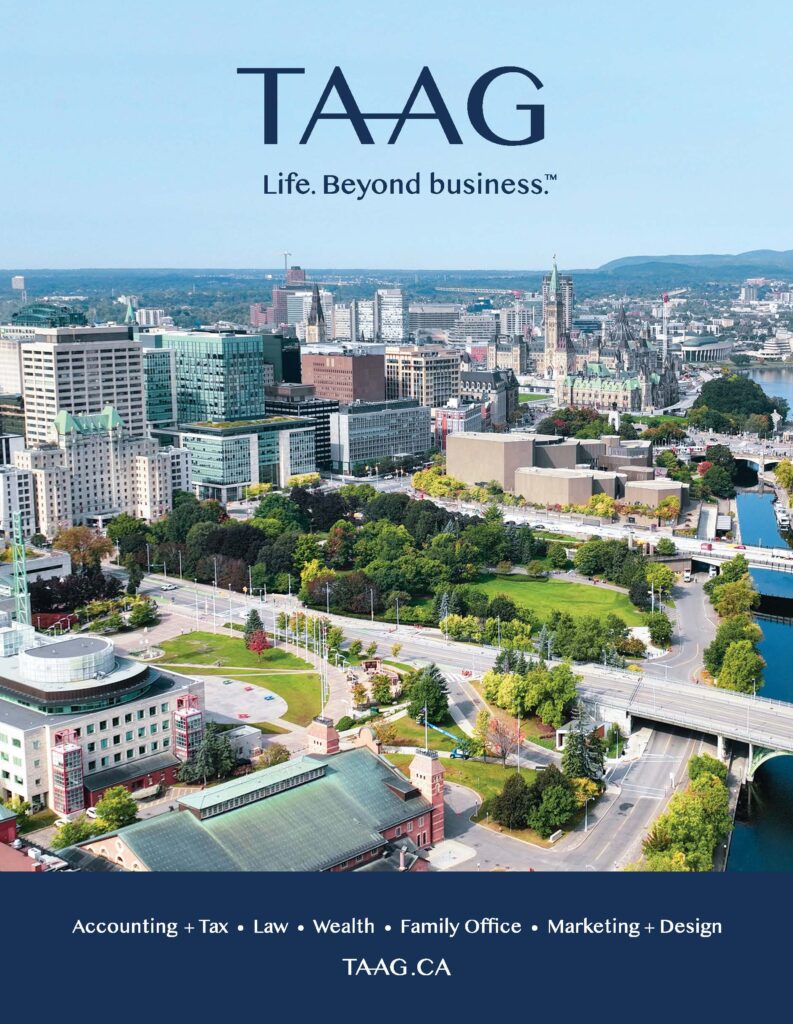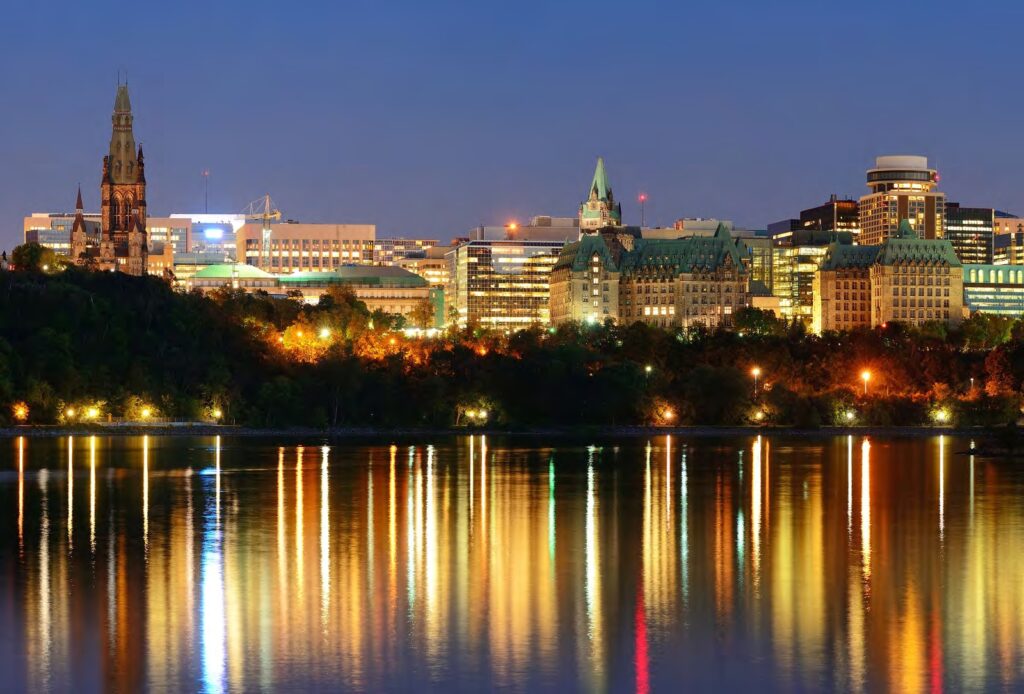The National Capital Core Area Plan: A Cornerstone Of Canadian Identity

BY ALAIN MIGUELEZ, VICE-PRESIDENT, CAPITAL PLANNING AND CHIEF PLANNER, NATIONAL CAPITAL COMMISSION
THE DOWNTOWN OF a city is its face to the world and, in the case of a capital city, the embodiment of the spirit and identity of the whole country. In the case of a capital that is not the largest city of its country (such as Ottawa or Washington), that city and its downtown still have a duty to represent the totality of a country that has bigger cities. Such a capital must therefore be considered by the residents of those bigger cities as a relevant image of their own part of the country to truly inhabit its role.
Although cities are resilient organisms, they undergo shocks and disruptions. For example, we know all too well how difficult the pandemic has been on cities in Canada and worldwide. In certain parts of the world, cities are bouncing back much quicker than ours, and we want to learn from what those cities are doing. It is in this context that the National Capital Commission (NCC) is launching its review of the all-important National Capital Core Area Plan, a complete re-write of a plan last approved in 2005. It is not a substitute for municipal plans and its focus is mainly on federally owned lands, buildings and monuments; however, it can play a number of important roles.
Vision for this revamped plan
First, it encompasses both sides of the Ottawa River as a single “Capital Core Area.” This reality is now also reflected in the official plans of both the cities of Ottawa and Gatineau, although the contour of the Metropolitan Downtown Core is not the same as on NCC maps. Nonetheless, this allows us to properly look at the entire core area as a single urban space.
Second, it can act as a significant impetus to remove barriers and create incentives for the much-needed regeneration of both downtowns, in light of the economic devastation that flowed from the pandemic and related disruptions.
Third, the plan can generate new ideas, adapted to today’s realities, to give our downtowns new layers of activity, animation, cultural vitality and symbolic relevance. We are the capital region of a very different country in 2023 than in 1867, at the time of Confederation. A very different country, also, than in 1950, when the Gréber Plan was adopted by Parliament.
Fourth, the revamped plan must be coordinated with and support municipal planning and economic development objectives. Gone are the days when we looked at Town and Crown as two abstract and distinct concepts. The capital exists as a function of a metropolitan region that has many other equally legitimate functions, aspirations and goals. Residents and visitors must be able to feel that the capital is a city, and that the city is a capital. The more we blur the lines between the two, the more successful we will be —especially downtown.
A capital that represents the country
Being the capital is a very important function for our region— it can and must be leveraged to its maximum potential. The NCC must be a partner that allows our region to fully realize the unique advantages we have both as a capital and as a major Canadian metropolitan area.
All this is tied together by the mandate we have at the NCC to make plans “in order that the nature and character of the seat of the Government of Canada may be in accordance with its national significance.”
Learn more at https://ncc-ccn.gc.ca/our-plans/canadas-capital-core-area-sector-plan
About the process
The vision, policy and project horizon of the current National Capital Core Area Plan extends to 2025, but much has changed since the plan was approved in 2005. We are currently working on adapting it to current needs and to take into account new and challenges. Public consultations will be launched so the public can have its say on the future of the capital.






















